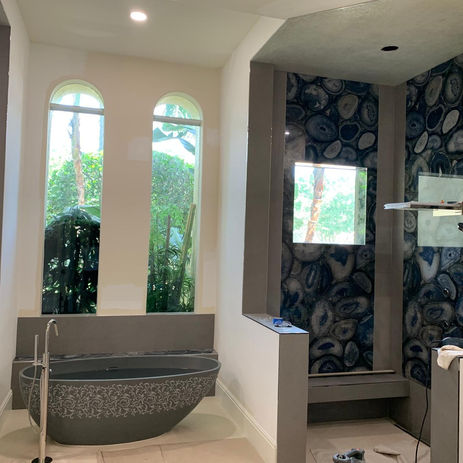Bathroom remodeling involves a comprehensive process that begins with careful planning and design, prioritizing functionality and aesthetics. Start by assessing your budget, which should account for materials, labor, and unexpected expenses. Establish a clear vision for the layout and style, whether it’s contemporary, traditional, or minimalist. Local building codes often necessitate obtaining permits, especially for plumbing or electrical changes, so check these regulations early in the process. Demolition follows, where old fixtures and materials are carefully removed to prepare the space for new installations. This phase sets the stage for any structural changes, including plumbing and electrical work, which should be performed by licensed professionals to ensure compliance and safety.
Once the foundational work is complete, focus on choosing durable materials for flooring and wall treatments that can withstand moisture, such as porcelain tiles or waterproof paint. Selecting fixtures—like sinks, tubs, and toilets—should balance style and functionality, with an eye towards water efficiency. The finishing touches, including lighting, cabinetry, and accessories, play a crucial role in creating a cohesive look. Proper ventilation is essential to prevent mold, making exhaust fans a key feature. Finally, a thorough inspection ensures that everything operates correctly and meets your expectations, allowing you to enjoy your newly transformed bathroom space, which can significantly enhance both your comfort and your home’s value.





























